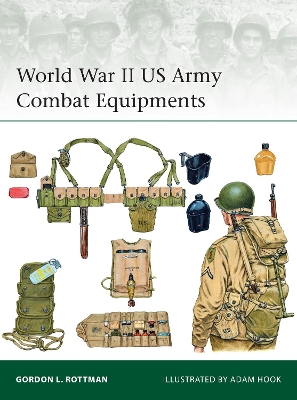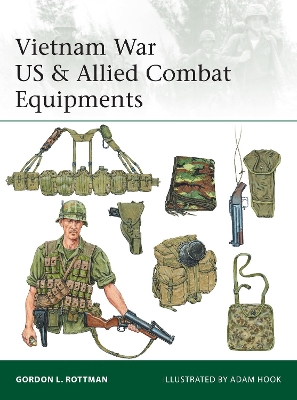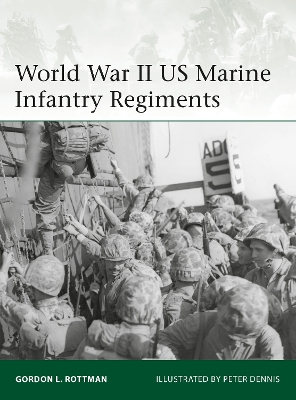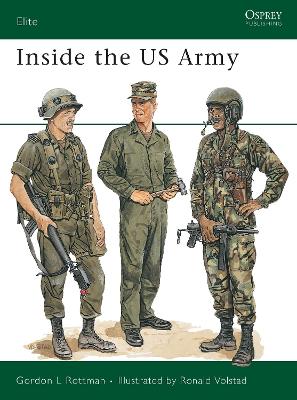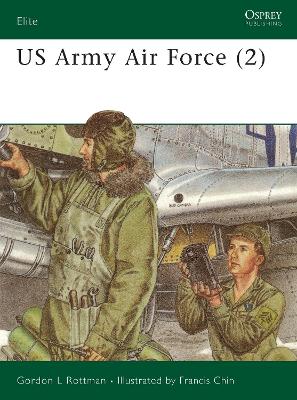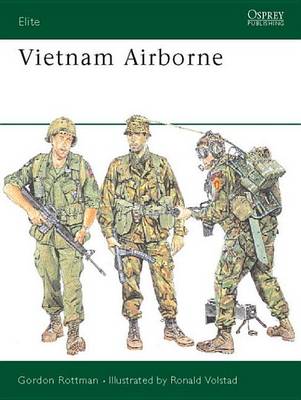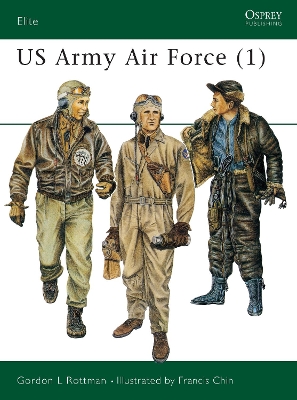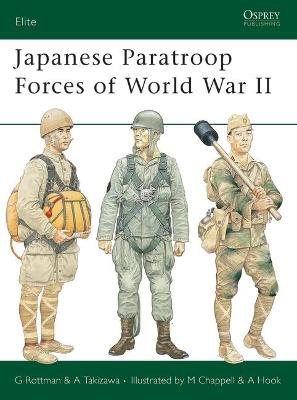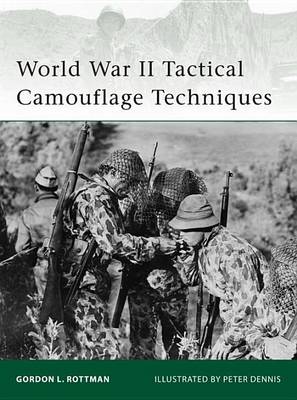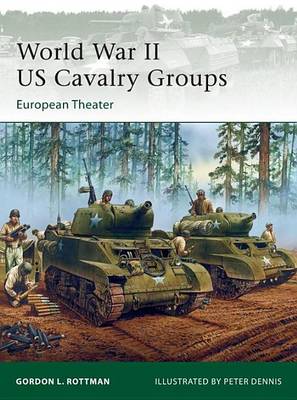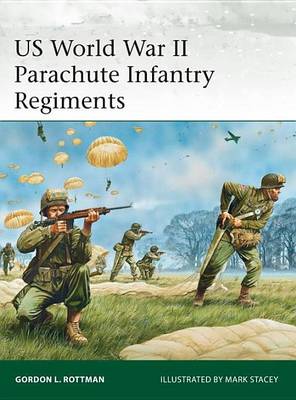Elite
26 primary works • 38 total works
Book 209
Book 210
Book 214
Focusing on the US, British, German and Soviet troops, this title offers a comprehensive guide to infantry fire support tactics used through World War II. Combat reports are complemented by specially commissioned artwork to show the way in which tactics varied, and highlight how developments obliged opposing armies to review their own methods.
Book 216
Vietnam War US & Allied Combat Equipments offers a comprehensive examination of the gear that US and allied soldiers had strapped around their bodies, what they contained, and what those items were used for. Fully illustrated with photographs and artwork detailing how each piece of equipment was used and written by a Special Forces veteran of the conflict, this book will fascinate enthusiasts of military equipment and will be an ideal reference guide for re-enactors, modellers and collectors of Vietnam War memorabilia.
Book 219
Book 222
This fascinating study tracks the deployments of the various Marine divisions throughout the war and explains their composition, but also goes deeper, to detail the individual regiments - the focus of the marines' identity and pride. It explains the organization of the Marine infantry regiment and its equipment, and how they evolved during the war. The marine infantryman's evolving uniforms, field equipment and weapons are illustrated throughout using specially commissioned artwork and detailed descriptions to produce a fitting portrait of the US military's elite fighting force in the Pacific.
Booby traps could be made in large numbers in village workshops and jungle camps using locally available materials as well as modern munitions. The VC were adept at making booby traps 'invisible' in the varied terrain of Vietnam, often emplacing them in locations and surroundings totally unexpected by their enemies. Booby traps could be incredibly simple or startlingly complex and ingenious, ranging from pointed sticks to command-detonated submerged floating river mines. Besides a wide variety of booby traps, they also used land and water mines, both contact/pressure-detonated and command-detonated. Between January 1965 and June 1970 11 percent of US troop deaths in action and 17 percent of injuries were by caused booby traps and mines.
This fascinating title explores not only the wide variety of booby traps employed by the Viet Cong, but also their various uses in halting, stalling, or locating an enemy, and the many evolutions these traps underwent in order to retain the element of surprise. Written by a Vietnam veteran with first-hand experience of such traps, this is an engaging look at one of the most frightening aspects of guerrilla warfare.

